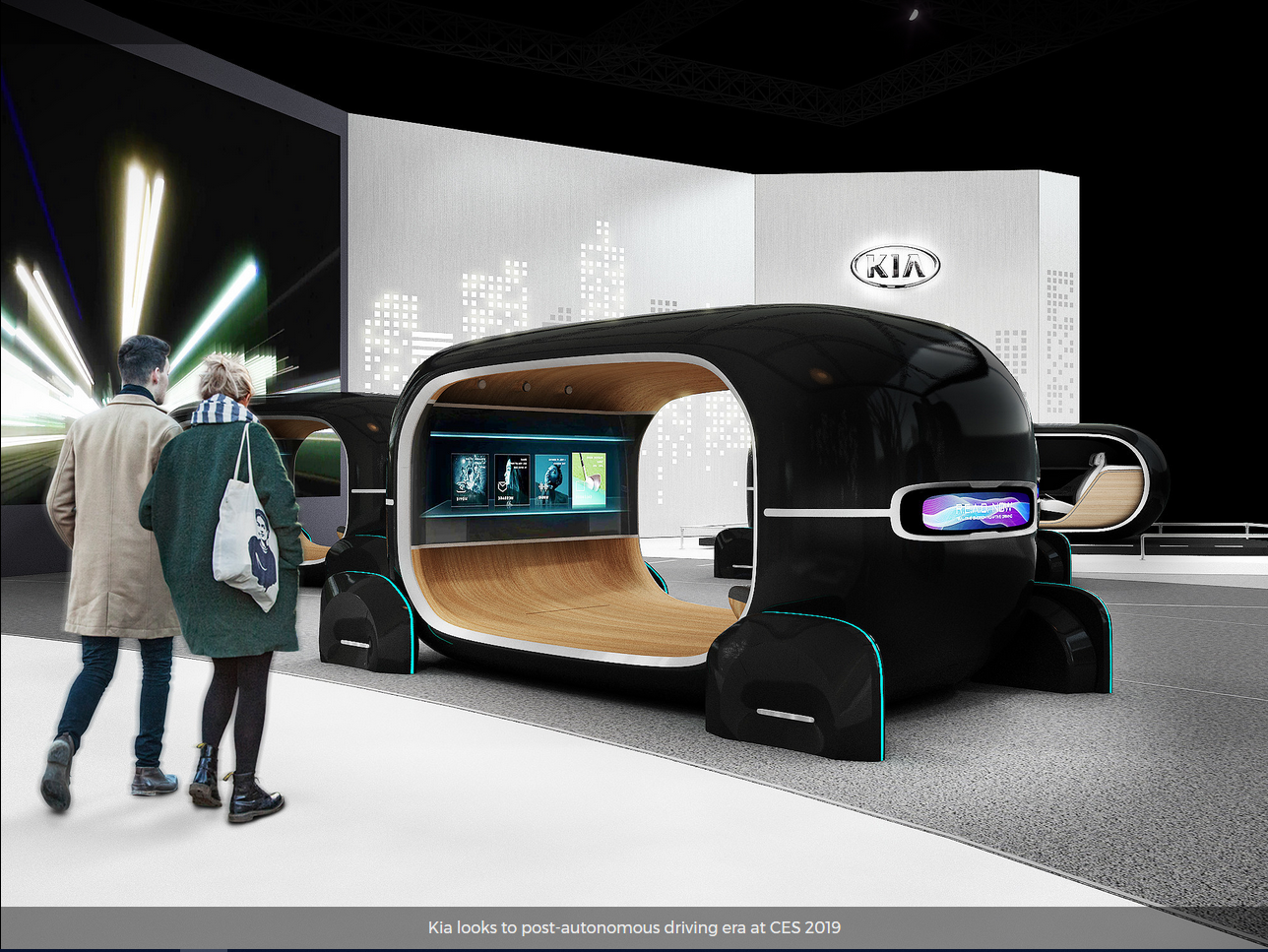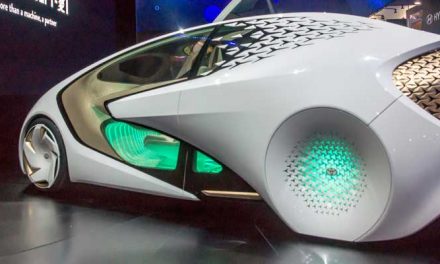The Consumer Electronics Show (CES) is in full swing this week in Las Vegas, Nevada.
This tradeshow features amazing technological breakthroughs.
Over 180,000 people, more than 4,000 exhibiting companies and 1,000 speakers will take part in this year’s show.
CES was originally created to showcase the latest and greatest in computers or home electronics. But it has evolved to encompass a broad range of innovations.
That includes:
- Artificial intelligence (AI).
- Robotics.
- 5G connectivity.
- Self-driving technology.
- Smart cities.
- Connected cars.
- And much more…
As a car enthusiast, I couldn’t help but want to share with you a few new high-tech features that will soon be available in an autonomous vehicle near you.
A Breakthrough for the Auto Industry
According to Auto Express, Kia and Hyundai Mobis have developed an exciting new technology for the auto industry. This breakthrough allows cars to recognize the driver and passengers’ emotional state.
Kia continues to build on its brand’s “Beyond Autonomous Driving” vision. It joined forces with the Massachusetts Institute of Technology Media Lab.
They developed a world-first emotional AI-based interactive in-cabin system focused on a person’s senses.
The system is called Real-time Emotion Adaptive Driving (R.E.A.D.). It can customize the interior vehicle’s cabin by examining a driver’s mood in real-time through AI-based technology.
The technology will watch the driver and passengers’ facial expressions. It also monitors their heart rate and the electrical conductivity of their skin.

Once the data is gathered, R.E.A.D. will then adjust the car’s interior environment. It changes the lighting and temperature for a more pleasant driving experience.
R.E.A.D’s deep-learning capabilities study the typical behavior of the car’s regular occupants. Then it creates a baseline to note changes to their patterns and trends.
Connecting the World
Hyundai Mobis is the world’s seventh-largest automotive tier-one supplier. It’s based in Seoul, Korea.
Hyundai’s “Emotional Recognition” system intelligently detects and classifies the driver and passengers’ mood. It then changes the car’s interior lights to fit their feelings.
The technology will then share the driver/passengers’ emotions with nearby vehicles. That will help nearby vehicles avoid potential accidents with distracted drivers.

Another revolution taking place in the auto industry is the concept of connected vehicles.
Technology is now being developed that pairs smart homes with connected vehicles.
A recent report from the Consumer Technology Association (CTA) says smart home technology continues to grow at light speed.
The article cites a report from ABI Research. It says yearly shipments of smart home devices are expected to skyrocket to 467 million in 2023, from 252 million in 2018. That’s an 85% increase in just five years.
By 2022, ABI forecasts that 300 million homes will have at least one smart home device, quadruple the amount today.
Additionally, the research firm forecasted that by 2022, 500 million connected cars will be in use globally.
Disrupting the Auto Industry
With this influx of vehicles, we will see more and more instances where our cars and our smart home devices communicate with each other. This will make our daily lives more comfortable, effective and efficient.
The CTA article quotes Tim Smith, global auto mobility director at ustwo. His digital products and services company specializes in launching disruptive businesses.
Smith said it best:
If biometric sensors in the car detect that the driver is cold and anxious on his way home, the vehicle may automatically warm the cabin, start playing relaxing music and turn on ambient mood lighting. But it may also raise the home’s smart thermostat to a warmer temperature, set room lighting to a soothing level through smart light switches and start playing the same soundtrack through smart speakers at home — all during the drive.
All I can say is, fasten your seat belts.
Until next time,

Amber Lancaster
Director of Investment Research, Banyan Hill Publishing




